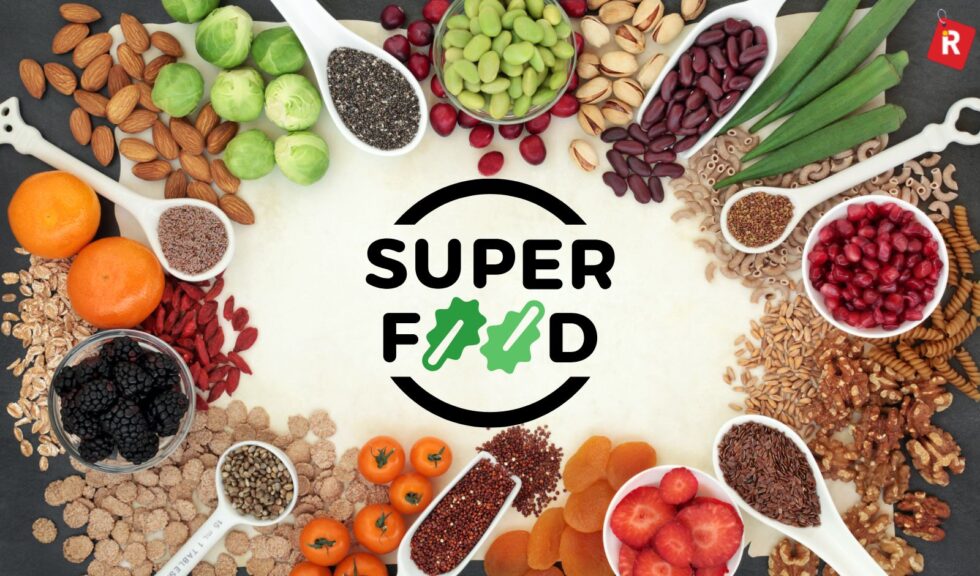
In a world where food trends rise and fall like the tides, “superfoods” continue to capture the spotlight. But what makes a food “super”? The term isn’t a scientific classification—it’s a recognition of foods densely packed with vitamins, minerals, antioxidants, and other nutrients that support overall health. These powerhouses don’t just fill your stomach; they fuel your body, protect your cells, and may even reduce the risk of chronic disease.
Let’s dive into the science behind superfoods and explore which ones truly earn their cape.
What Defines a Superfood?
At its core, a superfood is nutrient density in action. Compared to their calorie count, these foods offer a high concentration of essential nutrients like vitamins, minerals, healthy fats, and plant-based compounds such as polyphenols. The goal isn’t to crown any single food as a magic bullet, but to highlight those that can elevate a balanced diet with exceptional benefits.
Think of them as nutritional amplifiers: small servings that pack more vitamins and antioxidants than the average snack.
The Antioxidant Advantage
Many superfoods shine because they’re rich in antioxidants—compounds that neutralize free radicals, which are unstable molecules linked to aging, inflammation, and diseases like cancer. Colorful fruits and vegetables, dark leafy greens, and certain grains are brimming with these protective substances. Incorporating a variety of them helps your body combat oxidative stress and maintain cellular health.
Superstars of the Superfood World
Here’s a closer look at some celebrated nutrient powerhouses and what makes them exceptional:
1. Blueberries: Tiny But Mighty
Often called the “king of antioxidants,” blueberries contain anthocyanins, which give them their deep blue hue and help reduce inflammation. Research suggests they support brain health, enhance memory, and improve heart function. Toss them in smoothies or sprinkle them on oatmeal for a sweet, healthful kick.
2. Kale: The Leafy Green Champion
Kale is a nutrient jackpot: vitamin K for bone health, vitamin A for vision, and vitamin C for immunity. It’s also rich in fiber and phytonutrients like sulforaphane, which supports detoxification. Massage it with olive oil and lemon for a simple, delicious salad.
3. Quinoa: Ancient Grain, Modern Hero
Unlike most plant foods, quinoa is a complete protein, containing all nine essential amino acids. It’s also gluten-free and high in fiber, magnesium, and iron, making it a perfect base for hearty bowls or salads.
4. Chia Seeds: Tiny Seeds, Big Benefits
These small seeds absorb many times their weight in water, creating a gel-like texture that supports hydration and digestion. Packed with omega-3 fatty acids, calcium, and antioxidants, chia seeds are ideal for puddings, smoothies, or as a nutrient boost to baked goods.
5. Salmon: Omega-3 Powerhouse
Wild-caught salmon is a prime source of omega-3 fatty acids, which promote heart health, reduce inflammation, and support brain function. A simple grilled fillet or salmon salad can provide a delicious, protein-rich meal.
6. Turmeric: The Golden Spice
This vibrant spice owes its super status to curcumin, a compound with powerful anti-inflammatory and antioxidant properties. Pairing turmeric with black pepper enhances absorption—think golden milk or a warm curry.
7. Avocado: Creamy and Heart-Healthy
Rich in monounsaturated fats, avocados help lower bad cholesterol and provide potassium, fiber, and B vitamins. Spread it on whole-grain toast or blend it into smoothies for a satisfying, nutrient-dense treat.
Beyond the Hype: Lesser-Known Gems
While the classics deserve their fame, other unsung heroes deserve attention:
- Seaweed offers iodine for thyroid health.
- Amaranth provides protein and minerals.
- Fermented foods like kimchi and kefir supply probiotics for gut health.
Rotating these into your meals broadens the spectrum of nutrients your body receives.
How to Add Superfoods to Your Diet
Adding superfoods isn’t about overhauling your pantry overnight. Instead, aim for simple swaps and colorful variety:
- Mix and Match: Top yogurt with berries and chia seeds.
- Upgrade Staples: Replace white rice with quinoa or amaranth.
- Snack Smart: Munch on kale chips or roasted chickpeas instead of chips.
- Spice It Up: Add turmeric to soups or smoothies.
Consistency is key. Eating a single serving of blueberries won’t transform your health, but making them part of a balanced, plant-forward diet will pay off over time.
Superfoods and the Bigger Picture
It’s easy to think of superfoods as a shortcut to wellness, but nutrition is about synergy. A diet rich in a variety of whole foods—fruits, vegetables, whole grains, lean proteins, and healthy fats—matters more than any single ingredient. Lifestyle factors like regular exercise, adequate sleep, and stress management are equally important.
The Bottom Line
Superfoods earn their name because they deliver an exceptional nutritional punch, but they’re not miracle cures. Think of them as colorful allies in your journey toward better health. By weaving blueberries, kale, quinoa, and other nutrient-packed choices into your meals, you give your body the tools it needs to thrive—one vibrant plate at a time.







